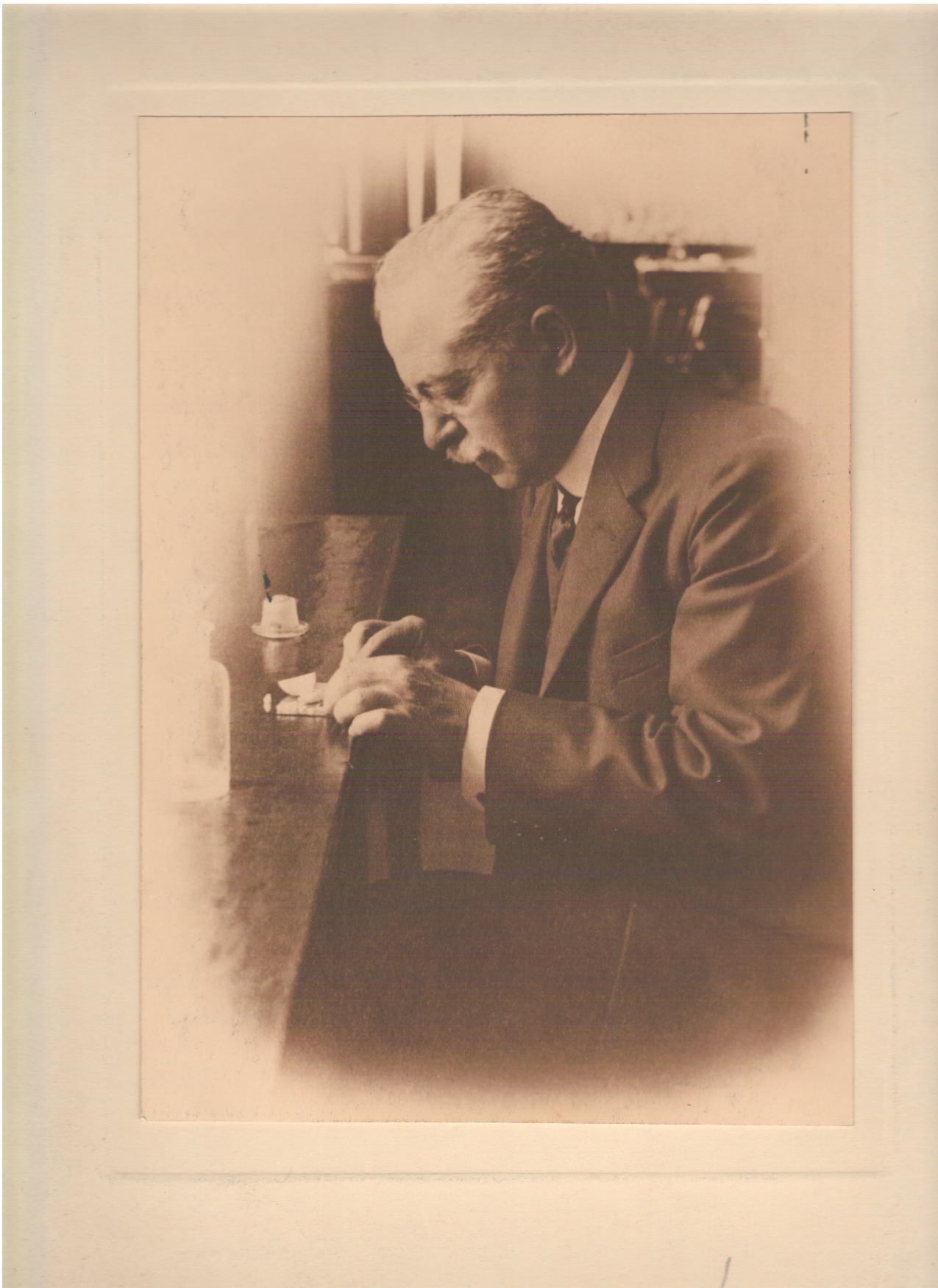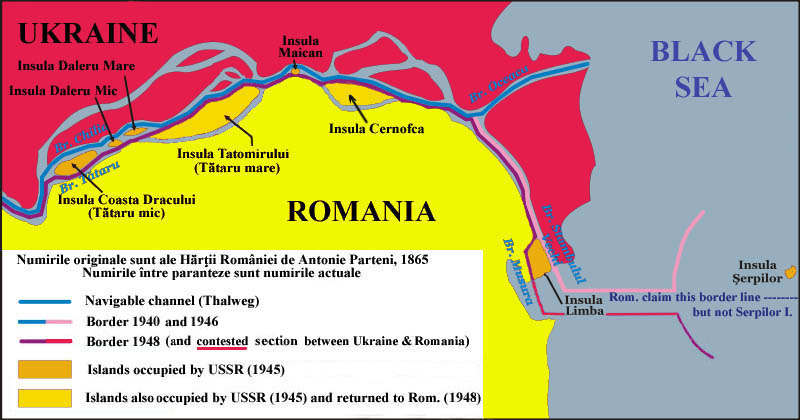|
Pomârla
Pomârla is a commune in Botoșani County, Western Moldavia, Romania. It is composed of three villages: Hulubești, Pomârla, Poiana, and Racovăț. The commune lies on the banks of the river Pârâul lui Martin. It is located in the northwestern part of the county, from the county seat, Botoșani, next to the border with Ukraine. Natives * Dimitrie Călugăreanu (1868–1937), physician, naturalist, and physiologist *Andrei Dumitraș Andrei Ioan Dumitraș (born 23 January 1988) is a Romanian former professional association football, footballer who played as a Defender (association football)#Full back, right back or Defender (association football)#Centre-back, centre back for ... (born 1988), footballer References External links * Communes in Botoșani County Localities in Western Moldavia {{Botoşani-geo-stub ... [...More Info...] [...Related Items...] OR: [Wikipedia] [Google] [Baidu] |
Andrei Dumitraș
Andrei Ioan Dumitraș (born 23 January 1988) is a Romanian former professional association football, footballer who played as a Defender (association football)#Full back, right back or Defender (association football)#Centre-back, centre back for teams such as SCM Petrotub Roman, Laminorul Roman, FC Ceahlăul Piatra Neamț, Ceahlăul Piatra Neamț, FCSB, Steaua București, CS Universitatea Craiova, Universitatea Craiova or FC Botoșani, among others. Club career Dumitraș started his football career in 2005, playing for SCM Petrotub Roman, Laminorul Roman in the Romanian Liga II. After that, he moved to FC Ceahlăul Piatra Neamț, Ceahlăul Piatra Neamţ. Ceahlăul Piatra Neamț In January 2010, Dumitraş was sold to FC Ceahlăul Piatra Neamț, Ceahlăul Piatra Neamţ. Here became an important player, and in second part of 2011–12 Liga I, 2011–12 season, he was named captain of the team. Steaua București On 22 May 2012, he signed a 5-year contract with FC Steaua Bucureșt ... [...More Info...] [...Related Items...] OR: [Wikipedia] [Google] [Baidu] |
Botoșani County
Botoșani County () is a county (județ) of Romania, in Western Moldavia (encompassing a few villages in neighbouring Suceava County from Bukovina to the west as well), with the county seat at Botoșani. Demographics As of 1st of December 2021, it had a population of 392,821 and the population density was 91/km2. * Romanians – 89.0% * Romani people, Roma – 1.1% * Ukrainians – 0.4% * Lipovans – 0.1% * Minorities of Romania, Other ethnicities – 0.3% * Unknown ethnicity – 9.1% Geography * Botoșani County is situated between the rivers Siret (river), Siret and Prut, in the northeastern part of Romania, bordering Ukraine to the north and Moldova to the east. To the west and south it has borders with Suceava County, Suceava and Iași County, Iași counties. * It has a total area of , comprising 2.1% of the Romanian territory. * The relief is a high plain, between the valleys of the Siret and the Prut, and the latter's affluent, the Jijia, Jijia River. * It has ... [...More Info...] [...Related Items...] OR: [Wikipedia] [Google] [Baidu] |
Pârâul Lui Martin (Jijia)
The Pârâul lui Martin is a left tributary of the river Jijia in Romania. It flows into Jijia in Hilișeu-Cloșca. Its length is and its basin size is . References Rivers of Romania Rivers of Botoșani County {{Botoșani-river-stub ... [...More Info...] [...Related Items...] OR: [Wikipedia] [Google] [Baidu] |
Dimitrie Călugăreanu
Dimitrie Călugăreanu ()–December 17, 1937) was a Romanian physician, naturalist and physiologist. Călugăreanu was born in Pomârla, Botoșani County; his parents were the possibly illiterate peasants Constantin and Glicheria. After obtaining a scholarship, he attended the natural sciences department of the University of Iași science faculty, from which he graduated in 1894. He then enrolled in the medical faculty of the University of Berlin. In 1902, he received a doctorate in natural sciences from the University of Paris, his thesis topic being research into hemolysis through experimental physiology and physical chemistry. He was an assistant at the University of Iași morphology laboratory from 1894 to 1897. Upon returning from France to his native country, Călugăreanu worked as a professor at Bucharest's higher school of veterinary medicine from 1902 to 1905 and an associate professor of physiological chemistry at the science faculty of the University of Bucharest ... [...More Info...] [...Related Items...] OR: [Wikipedia] [Google] [Baidu] |
Communes Of Romania
A commune (''comună'' in Romanian language, Romanian) is the lowest level of administrative subdivision in Romania. There are 2,686 communes in Romania. The commune is the rural subdivision of a Counties of Romania, county. Urban areas, such as towns and cities within a county, are given the status of ''Cities in Romania, city'' or ''Municipality in Romania, municipality''. In principle, a commune can contain any size population, but in practice, when a commune becomes relatively urbanised and exceeds approximately 10,000 residents, it is usually granted city status. Although cities are on the same administrative level as communes, their local governments are structured in a way that gives them more power. Some urban or semi-urban areas of fewer than 10,000 inhabitants have also been given city status. Each commune is administered by a mayor (''primar'' in Romanian). A commune is made up of one or more villages which do not themselves have an administrative function. Communes ... [...More Info...] [...Related Items...] OR: [Wikipedia] [Google] [Baidu] |
Western Moldavia
Western Moldavia (, ''Moldova de Apus'', or , also known as Moldavia, is the core historic and geographical part of the former Principality of Moldavia situated in eastern and north-eastern Romania. Until its union with Wallachia in 1878, the Principality of Moldavia also included, at various times in its history, the regions of Bessarabia (with the Budjak), all of Bukovina, and Hertsa; the larger part of the former is nowadays the independent state of Moldova, while the rest of it, the northern part of Bukovina, and Hertsa form territories of Ukraine. Moldavia consists of eight counties, spanning over 18% of Moldova's territory. Six out of the 8 counties make up Moldavian's designated Nord-Est development region, while the two southern counties are included within Moldavian's Sud-Est development region. It comprises roughly 48.67% of the wider region of Moldavia. Etymology The names ''Moldavia'' and ''Moldova'' are derived from the name of the Moldova River; howeve ... [...More Info...] [...Related Items...] OR: [Wikipedia] [Google] [Baidu] |
Romania
Romania is a country located at the crossroads of Central Europe, Central, Eastern Europe, Eastern and Southeast Europe. It borders Ukraine to the north and east, Hungary to the west, Serbia to the southwest, Bulgaria to the south, Moldova to the east, and the Black Sea to the southeast. It has a mainly continental climate, and an area of with a population of 19 million people. Romania is the List of European countries by area, twelfth-largest country in Europe and the List of European Union member states by population, sixth-most populous member state of the European Union. Europe's second-longest river, the Danube, empties into the Danube Delta in the southeast of the country. The Carpathian Mountains cross Romania from the north to the southwest and include Moldoveanu Peak, at an altitude of . Bucharest is the country's Bucharest metropolitan area, largest urban area and Economy of Romania, financial centre. Other major urban centers, urban areas include Cluj-Napoca, Timiș ... [...More Info...] [...Related Items...] OR: [Wikipedia] [Google] [Baidu] |
Botoșani
Botoșani () is the capital city of Botoșani County, in the northern part of Moldavia, Romania. Today, it is best known as the birthplace of many celebrated Romanians, including Mihai Eminescu, Nicolae Iorga and Grigore Antipa. Origin of the name The name of the city probably has its origin in the name of a boyar family called ''Botaș'', whose name can be found in old records from the time of Prince Stephen the Great (late 15th century) as one of the most important families of Moldavia, records which trace it back to the 11th century. History Botoșani is first mentioned in 1439, in which one chronicle says that "the Mongols came and pillaged all the way to Botușani".Rădvan, p.469 The town is then mentioned only during the conflicts between Moldavia and Poland: several battles were fought near the town, in 1500, 1505 and 1509. During the reign of Petru Rareș, the town was set ablaze by the Poles. It was during his reign then that we know that the town had a hill fort. In ... [...More Info...] [...Related Items...] OR: [Wikipedia] [Google] [Baidu] |
Romania–Ukraine Border
The Romania–Ukraine border is the state border between Romania and Ukraine. It consists of both a land and a maritime boundary. The total border length is including by rivers and by the Black Sea. It is part of the external border of the European Union (since Romania's accession to the EU in January 2007). The maritime delimitation between the two countries , including the continental shelf and exclusive economic zonesm was adjudicated at the International Court of Justice (ICJ) in 2009. Location The land border consists of two parts: the northern part stretches across Carpathian Mountains region roughly west–east from the Hungary-Romania-Ukraine tripoint to the northern Moldova-Romania-Ukraine tripoint. It starts along the Tisza River (through Maramureș) and runs across the historical region of Bukovina in the Eastern Carpathians. The southern part stretches between Budjak and Dobruja regions roughly west–east from the southern Moldova-Romania-Ukraine tripoint to ... [...More Info...] [...Related Items...] OR: [Wikipedia] [Google] [Baidu] |
Communes In Botoșani County
A commune is an alternative term for an intentional community. Commune or comună or comune or other derivations may also refer to: Administrative-territorial entities * Commune (administrative division), a municipality or township ** Communes of Algeria ** Communes of Angola ** Communes of Belgium ** Communes of Benin ** Communes of Burundi ** Communes of Chile ** Communes of the Democratic Republic of the Congo ** Communes of France ** Communes of Italy, called ''comune'' ** Communes of Luxembourg ** Communes of Moldova, called ''comună'' ** Communes of Niger ** Communes of Romania, called ''comună'' ** Communes of Switzerland ** Commune-level subdivisions (Vietnam) *** Commune (Vietnam) *** Commune-level town (Vietnam) ** People's commune, highest of three administrative levels in rural China, 1958 to 1983 Government and military/defense * Agricultural commune, intentional community based on agricultural labor * Commune (rebellion), a synonym for uprising or revolutionar ... [...More Info...] [...Related Items...] OR: [Wikipedia] [Google] [Baidu] |



